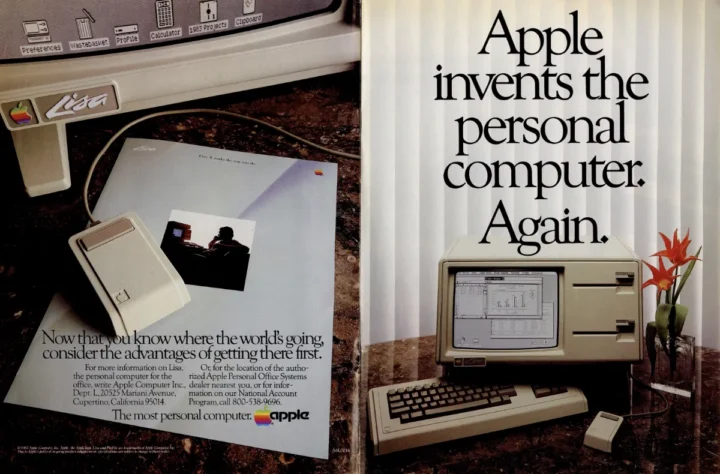Steve Jobs was a visionary, a man of technology. He saw the world through different eyes. In a little-known video, now shared across the internet, we can see how he looked to the future and predicted a reality that, 40 years later, has become reality.
Steve Jobs predicts the future in new video
Sir Jony Ive, former SVP of Industrial Design and Chief Design Officer at Apple, provided the following introduction to the video.
Steve rarely spoke at design conferences. This was 1983, before the Mac was launched, and Apple was still in its early days. It’s breathtaking how deeply he understood the dramatic changes that were about to happen when the computer became widely available. Of course, in addition to being prophetic, he was instrumental in defining products that would change our culture and our lives forever.
On the eve of launching the first truly personal computer, Steve is not just concerned with the core technology and functionality of the product design. This is extraordinarily unusual, since in the early stages of a dramatic innovation, it is usually the core technology that receives all the attention and focus.
Jony Ive describes Jobs's attention as a script for what the future would bring to humanity.

According to Ive, Jobs was noting at the time that design efforts in the U.S. were focused on the automobile, with little consideration or effort given to consumer electronics. While it’s not uncommon to hear leaders talk about the national responsibility to manufacture, the former Apple Chief Design Officer found it interesting that he spoke of the national responsibility to design.
In his talk, Steve predicts that by 1986, PC sales will surpass automobile sales, and that within the next ten years, people will spend more time with a PC than in a car. These were preposterous claims for the early 1980s. Describing what he sees as the inevitability of this becoming a widespread new category, he asks the designers in the room for help. He asks them to start thinking about how these products should be designed, because whether they are well designed or not, they will continue to be manufactured.
Steve remains one of the best educators I have ever met. He had the ability to explain incredibly abstract and complex technologies in accessible, tangible, and relevant terms. We hear him describe the computer as doing nothing more than completing fairly mundane tasks, but doing them very quickly. He gives the example of running out to fetch a bouquet of flowers and returning just as you can snap your fingers—the speed makes the task magical.
One of the profound lessons left by Steve Jobs was dedicated to product quality, functionality, and the set of actions he called the creative process. On several occasions in the life of Apple's CEO, Jobs imposed that the product adapt to the user, instead of the user adapting to the product. However, as we know, he was always a staunch defender of technological leaps, being a pioneer and even the villain in many fights for new technologies to the detriment of others that were already established and widely used.
Who doesn't remember the controversy surrounding the removal of the floppy disk drive from Macs, the removal of support for third-party ports, to force the use of their proprietary ports. Technologies that they wanted to remove from their products, such as the iPad's flash, among many other achievements and some defeats.
When I look back on our work, what I remember most fondly is not the products, but the process. Part of Steve’s brilliance was the way he learned to support the creative process, encouraging and developing ideas even in large groups of people. He treated the creative process with a rare and wonderful reverence.
The revolution that Steve described more than 40 years ago happened, of course, in part because of his deep commitment to a kind of civic responsibility. He cared, beyond any kind of functional imperative. His victory was through beauty, through purity, and, as he would say, through caring. He truly believed that by doing something useful, powerful, and beautiful, we express our love for humanity.
Watch the full 55-minute video:
Source: pplware.sapo.pt


